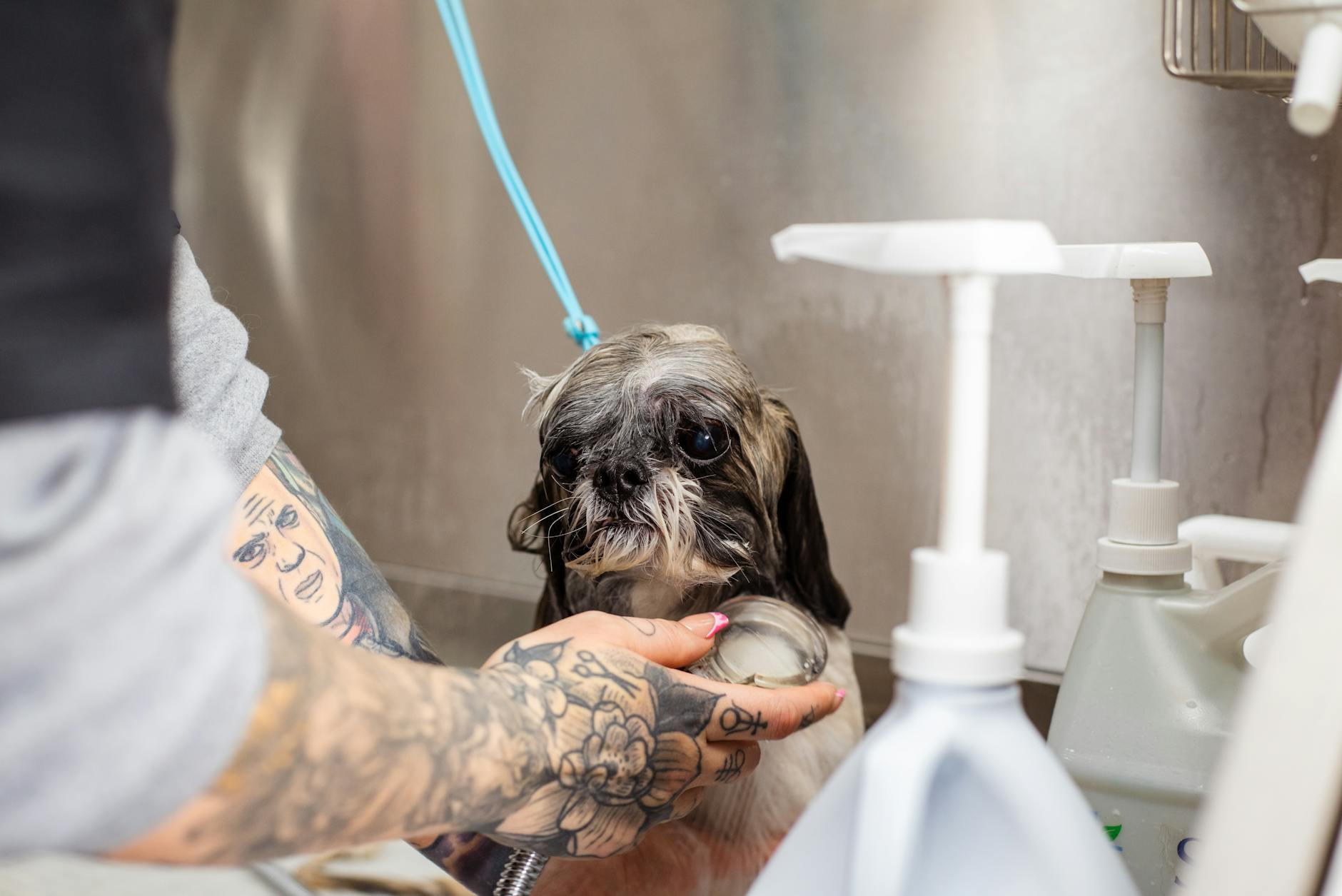Bite No More! Train Fido Not to Nip

Say Goodbye to Gnawing: Your Guide to a Nip-Free Fido!
Are you tired of playing tug-of-war with your sleeve every time you try to pet your puppy? Has your playful pup's nipping turned into a toothy terror? Worry no more! It's time to turn things around and enjoy a peaceful, pain-free relationship with your beloved canine. Say hello to hassle-free cuddles and wave goodbye to those pesky puppy bites.
Welcome to the ultimate playbook for pet parents—a treasure trove of kind-hearted techniques that will help you teach your dog to keep their teeth to themselves. Get ready to embark on a bite-free journey to a better bond with your furry friend!
Understanding the Bite Behavior
Biting and nipping can be a normal part of puppy play, but it's important to nip this behavior in the bud before it becomes a bad habit. Puppies explore the world with their mouths, much like human babies do. However, it's crucial for them to learn the boundaries of play and to understand that teeth on skin are a no-go.
Here are a few reasons why puppies may nip:
-
Teething Relief: Just like human infants, puppies go through teething, and chewing provides them relief.
-
Play Behavior: Dogs learn to control the force of their bites when they play with their littermates. It's essential that this behavior be moderated with humans.
-
Seeking Attention: Sometimes a pup will nip to get your attention. It's important not to reinforce this behavior with negative or positive responses.
Friendly Techniques to Stop the Nipping
Now, let's dive into the friendly, effective techniques to ensure those sharp little teeth don't find their way to your fingers anymore.
1. Yelp Like a Pup
When puppies play, if one bites too hard, the other puppy will yelp, signaling that playtime has gotten too rough. If your puppy nips at you, let out a sharp "yelp" or say "ouch" firmly. This usually gets their attention and helps them understand that they're being too rough.
2. Offer an Alternative
Redirect your puppy's need to chew onto something more appropriate, like a chew toy or a puppy-safe bone. Each time your puppy goes for a nip, say "no bite" and replace your hand or clothing with the toy. Consistency is key!
3. Time-Outs for Teeth
If your pup gets too nippy, it's time for a time-out. This isn't punishment; it's simply removing yourself from the situation to give your pup time to calm down. Step out of the room for a minute or two. This teaches your puppy that biting leads to the end of fun and attention.
4. The Importance of Exercise
A tired puppy is a good puppy. Ensure your pup gets plenty of exercise to burn off that excess energy that might otherwise be directed into nipping.
5. Consistent Training and Socialization
Be consistent with your commands and rewards when training. Also, socialize your pup with other dogs and people so they can learn bite inhibition and appropriate behavior through interactions.
Building a Bite-Free Bond
Teaching your puppy not to nip doesn’t have to be a battle. With patience, understanding, and consistent use of these friendly techniques, you'll see a transformation in your pup's behavior. Training your dog is not only about discipline; it's also about strengthening the bond between you and your canine companion.
Celebrate your milestones, be patient during the setbacks, and keep training sessions positive and fun. Before you know it, you'll enjoy a bite-free bond with your pal Fido that's built on trust and mutual respect. Happy training!